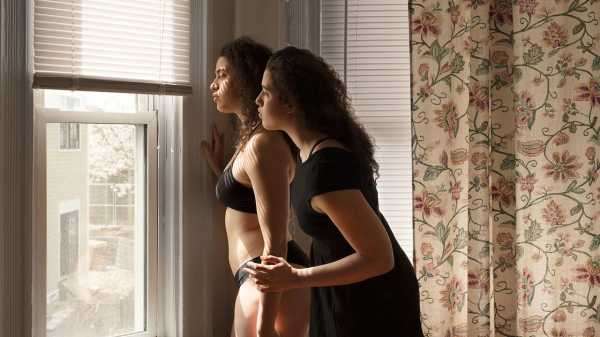
“A woman must continually watch herself,” John Berger writes, in “Ways of Seeing,” from 1972. “She is almost continually accompanied by her own image of herself.” Today, we are continually accompanied by a conduit to an endless theatre of women committing the raw act of watching themselves. The ubiquity of self-portraiture in the era of social media hasn’t lessened the impression that each image of the self is an event; slight gestures of creation, like the parting of lips or the dimming of eyes, heave with aspiration and judgment. I think of how I sometimes turn my phone on myself and am then confronted by dozens of antagonizing copies of me that curdle into an image nothing like the idea of what I want to look like. You can delete the imposters, but the latent dysmorphic effect is already fortified. It’s never entirely satisfying to locate this problem in the gendered bog of image culture. In a void of culture, I think that a woman’s image of herself would still be an echo.
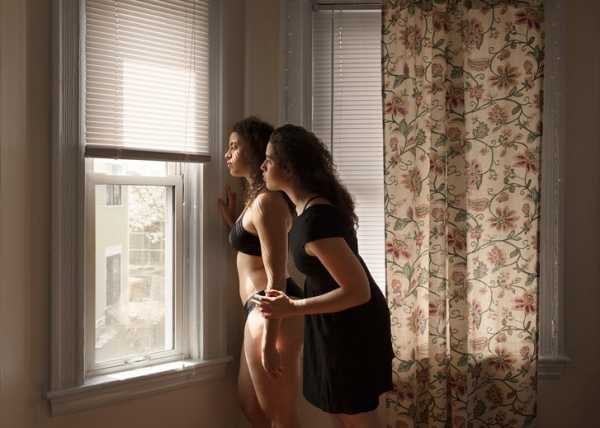
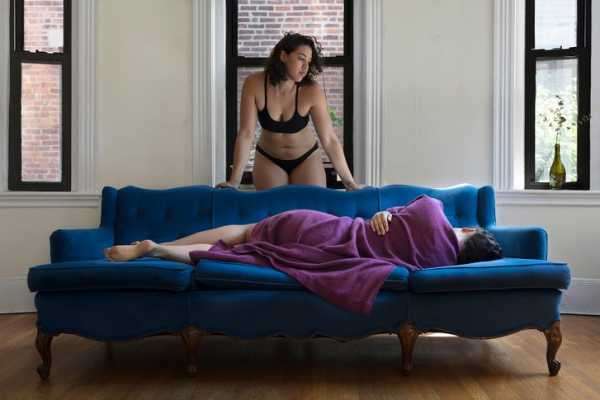
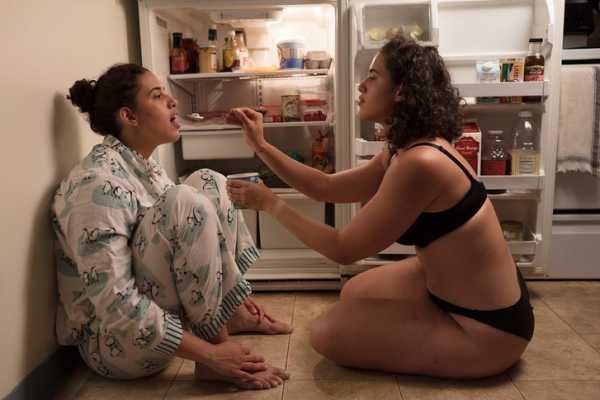
In her series “You Are There, Are you there?, There You Are,” the twenty-four-year-old photographer Alicia Rodriguez Alvisa presses on a double consciousness. Each portrait is a composite of two images of Alvisa, and the two Alvisas relate to each other in space. In Alvisa’s artist statement, the ideas of which she reiterated to me in a telephone conversation, she explains that the series originated as an “inner battle between my two selves in regard to my insecurities and my inner strength.” Now, she said, the “latest pictures feel like they are both taking care of each other, and that they are learning from each other.” If I may add another duality, the series seems to respond to the tension between artist and muse, photographer and subject—in this case, all the more freighted because the photographer and subject are the same person. The intimacy between the Alvisas is confrontational and just vaguely spectral, framed as it is by unassuming domestic spaces—many of the photos were taken in the photographer’s apartment, in Boston. And that is what the self-portrait becomes, doubled like this: a narrative of a split mind in a shared body, weathering unseen punishments, enjoying private pride.
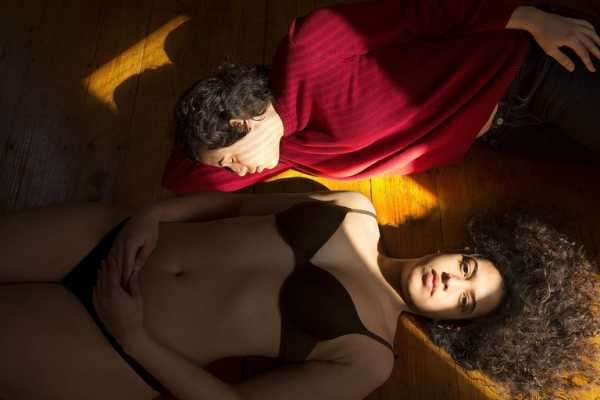
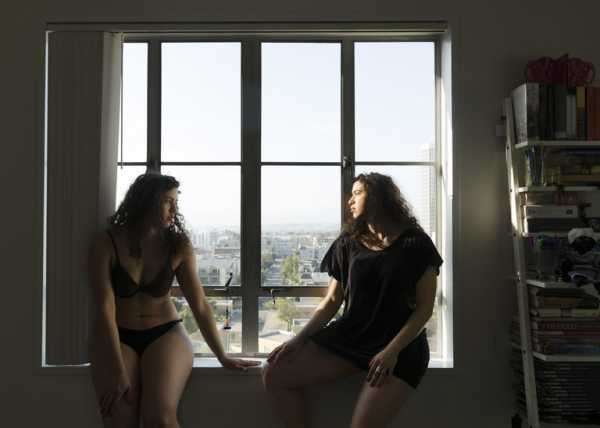
Alvisa has olive skin, ringlets of curls, and dark, thick eyebrows. She uses different wardrobes and poses to delineate between the two manifestations of herself. Immediately, we know we are observing a psychological exercise. Initially, Alvisa worked alone, posing, photographing, and editing. (For later photos in the series, she has worked with an assistant.) Which woman is the true Alvisa? Is it the woman lying nude in a tub, her eyes closed, or is it the robed woman kneeling before her, a wrist extended over the water in a way that feels both caring and dangerous? Is it the woman in a baby-doll dress, glancing wistfully out of a window, at the city outside, or is it the woman in underwear, looking, with concern, at her counterpart? Is the question itself flawed—the idea that one self should vanquish the other? You get the sense that the division of selves is therapeutic and also artistic: reveal the disjunction so that you can address it. Sometimes the models are indistinguishable from each other. But, throughout the series, there is a degree of consistency in the varying postures; one Alvisa seems to mother the other. Neither character is ever Alvisa the young photographer, learning to find freedom in performance.
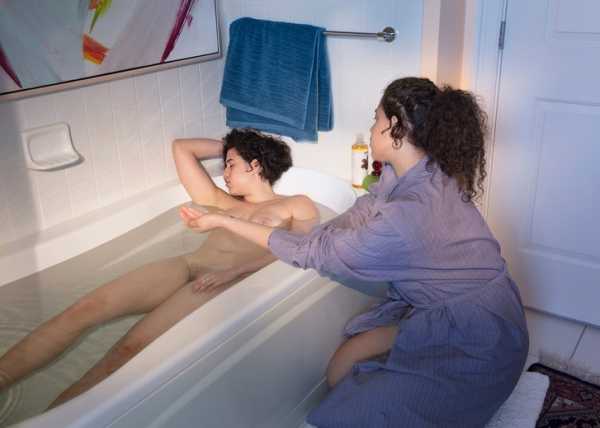
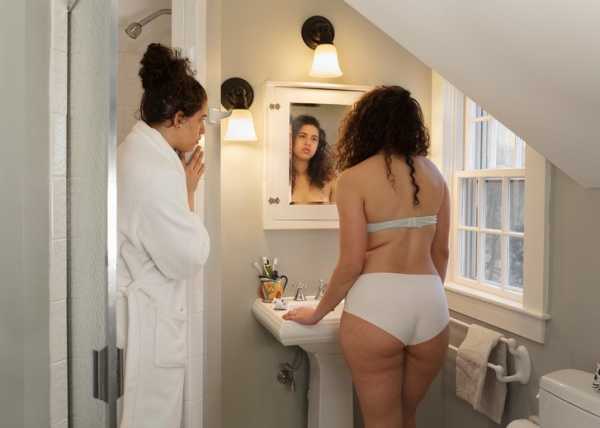
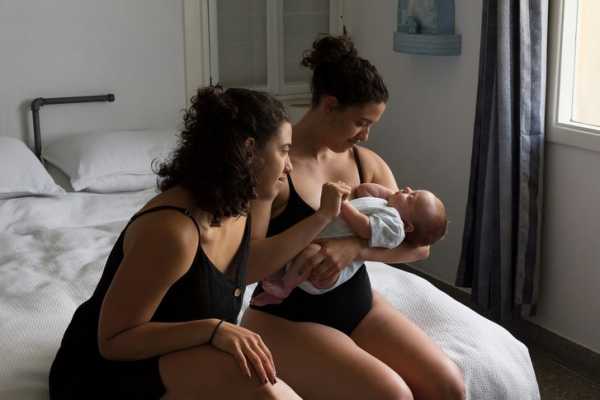
Alvisa was born and raised in Havana, Cuba. She is the child of artists. At eighteen, she left Havana to attend Tufts University, just outside of Boston, where she received a B.F.A. Alvisa told me that she started the series in 2017, when she was applying for a visa to stay and work in the United States, and was feeling homesick and lonely. She had been using Instagram for years; by virtue of her age and her cultural inculcation, “You Are There” is an oblique comment on Instagram’s mind-warping market of ideals. Speaking by phone, she was frank about her struggles with body dysmorphia, and how it has periodically intensified her view of herself. Alvisa uses the self-portrait to transmit an emotional rather than a photo-realistic truth. In one image, there are technically three Alvisas; one peers over a shower ledge to regard another, who is staring inquisitively at her reflection in the mirror. Looking at the photographs in “You Are There” can feel like getting caught in a kaleidoscope—a woman looking at a woman looking at a woman, and on and on, never coming up for breath but, rather, acclimating to the spiral by finding an alternative way to inhale.
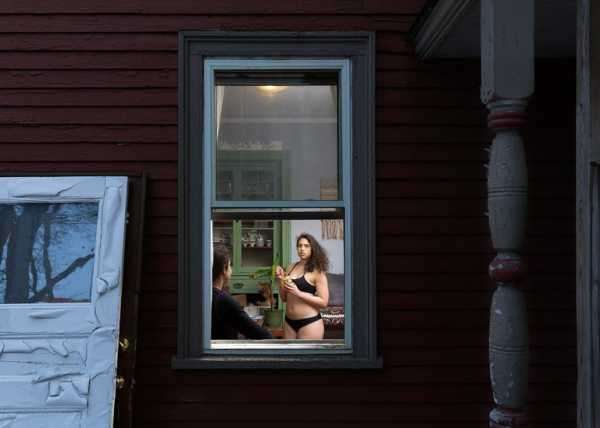
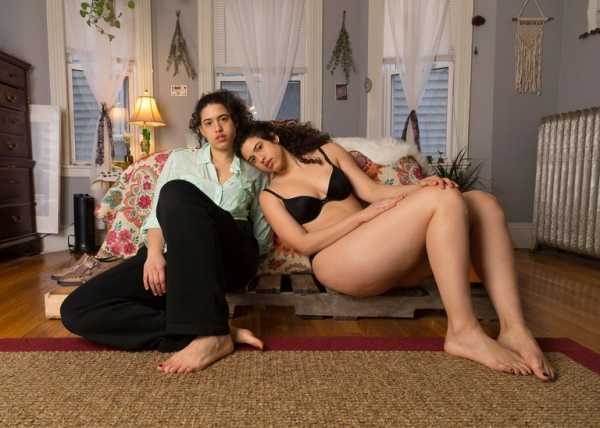
Sourse: newyorker.com




